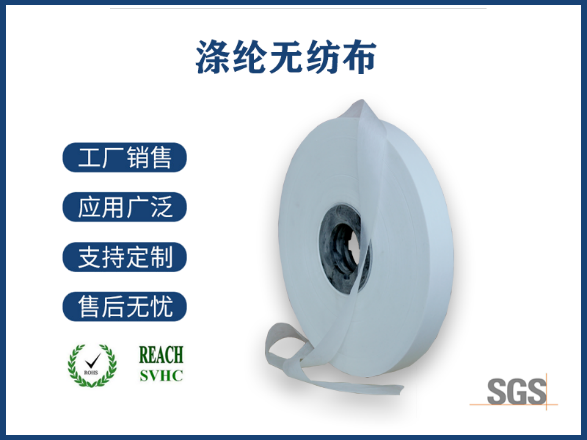Understanding Non-Woven Fabrics: The Versatile Innovation in Textiles
In the vast and ever-evolving world of textiles, one term that stands out for its innovation and environmental friendliness is "non-woven fabric." This material, known for its utility and adaptability, has revolutionized various industries. But what exactly is non-woven fabric, why is it so significant, and how can it be used? Let's delve deeper into this versatile textile innovation to understand its essence and application.
What is Non-Woven Fabric?
The term 'non-woven fabric', often abbreviated as NWF, refers to a type of textile material that is made without weaving or knitting. Unlike traditional woven fabrics, which are created by interlacing threads at right angles, or knitted fabrics that consist of loops of yarn, non-woven fabrics are produced by bonding fibers together using various methods such as chemical, mechanical, thermal, or solvent treatments.
Non-woven fabrics are engineered through processes like needle-punching, spunlacing, meltblowing, and hydraulic entanglement among others. This engineering marvel offers distinct advantages over conventional textiles, making it an ideal choice for numerous applications across different sectors.
Significance of Non-Woven Fabrics

One of the primary reasons non-woven fabrics have gained popularity is their sustainability. In an era where environmental consciousness is paramount, these fabrics stand out for their lower impact on the environment. Made from both synthetic and natural fibers, they reduce waste by utilizing materials that might otherwise be discarded. Additionally, their production consumes less energy and water compared to traditional woven or knitted fabrics, making them more eco-friendly.
Moreover, the versatility of non-woven fabrics cannot be overstated. They can be customized to meet specific requirements in terms of strength, durability, softness, and absorbency. This makes them suitable for a wide range of applications, from medical and healthcare products to agriculture, construction, and consumer goods.
Applications of Non-Woven Fabrics
Medical and Healthcare
In the medical field, non-woven fabrics play a crucial role due to their sterility and resistance to bacteria. They are widely used in creating surgical gowns, face masks, gauze pads, and other disposable medical supplies. Their hypoallergenic properties also make them safe for use in contact with sensitive skin.
Agriculture
Agricultural applications benefit greatly from the unique characteristics of non-woven fabrics. They are used for everything from row covers to protect plants from pests and frost to seed blankets that help retain moisture in the soil. Their breathability and durability provide optimal growing conditions while protecting the crops.
Construction
In the construction industry, non-woven fabrics are utilized in various ways. From providing reinforcement in cement structures to serving as a base material for waterproof roofing systems, their strength and resistance to harsh chemicals make them indispensable.
Consumer Goods
Household items like shopping bags, baby wipes, and even furniture upholstery often feature non-woven fabrics. Their lightweight yet strong nature ensures longevity while offering convenience in everyday use.
Conclusion
The advent of non-woven fabrics represents a significant leap forward in textile technology. Its ability to cater to diverse needs across multiple industries highlights its versatility and importance. As awareness of sustainable practices grows, the demand for non-woven fabrics is expected to rise, solidifying their place as a cornerstone of modern textile innovation. Understanding this material not only broadens our knowledge but also opens doors to recognizing the potential it holds for a more sustainable future.



 客服QQ
客服QQ